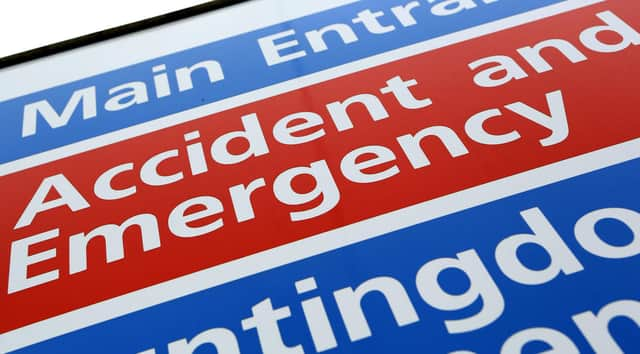Drop in visits to A&E at Imperial College Healthcare last month


Fewer patients visited A&E at Imperial College Healthcare last month – and attendances were lower than over the same period last year, figures reveal.
NHS England figures show 23,059 patients visited A&E at Imperial College Healthcare NHS Trust in June.
Advertisement
Hide AdAdvertisement
Hide AdThat was a drop of 3% on the 23,704 visits recorded during May, and 3% lower than the 23,795 patients seen in June 2021.
The figures show attendances were above the levels seen in the early days of the coronavirus pandemic – in June 2020, there were 14,343 visits to A&E departments run by Imperial College Healthcare.
The majority of attendances last month were via major A&E departments – those with full resuscitation equipment and 24-hour consultant-led care – while 31% were via minor injury units.
Meanwhile, around 16% were via consultant-led departments with single specialties, such as eye conditions or dental problems.
Advertisement
Hide AdAdvertisement
Hide AdAcross England, A&E departments received 2.2 million visits last month.
That was in line with May, and the same number as were seen during June 2021.
At Imperial College Healthcare NHS Trust:
In June:
1,352 patients waited longer than four hours for treatment following a decision to admit – 6% of patients
Of those, 70 were delayed by more than 12 hours
Separate NHS Digital data reveals that in May:
The median time to treatment was 81 minutes. The median average is used to ensure figures are not skewed by particularly long or short waiting times
Around 12% of patients left before being treated